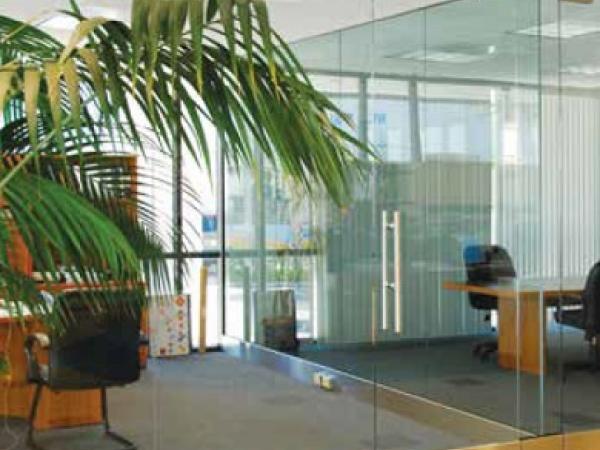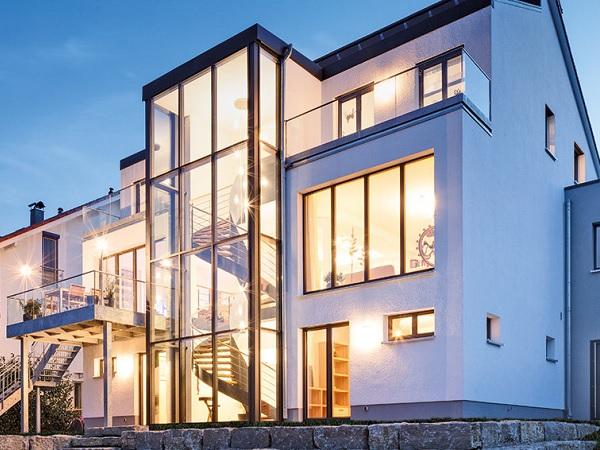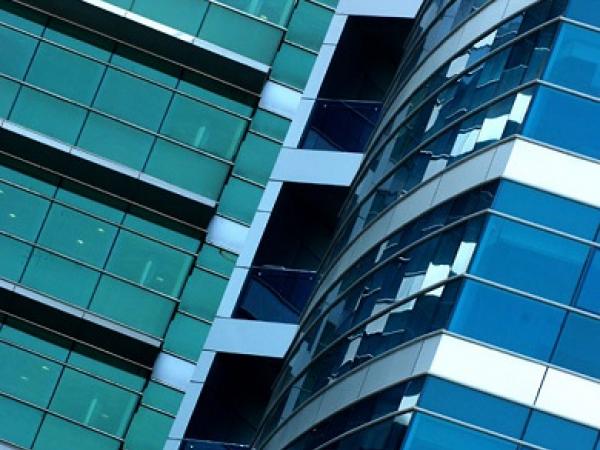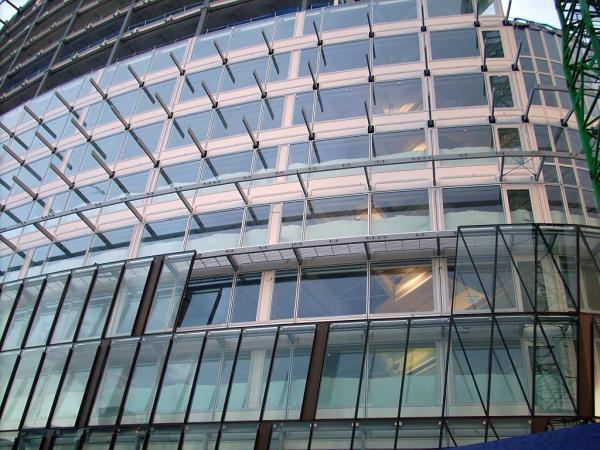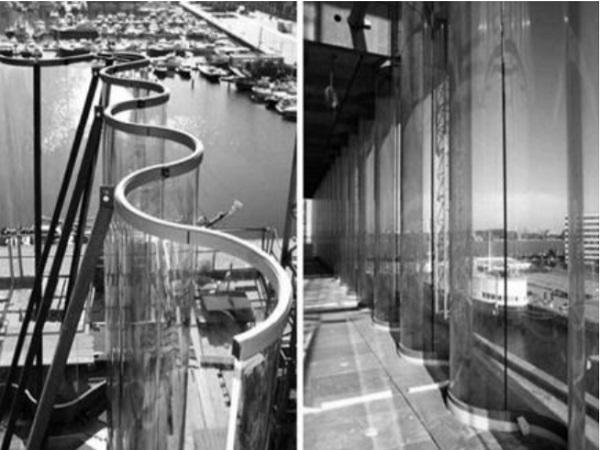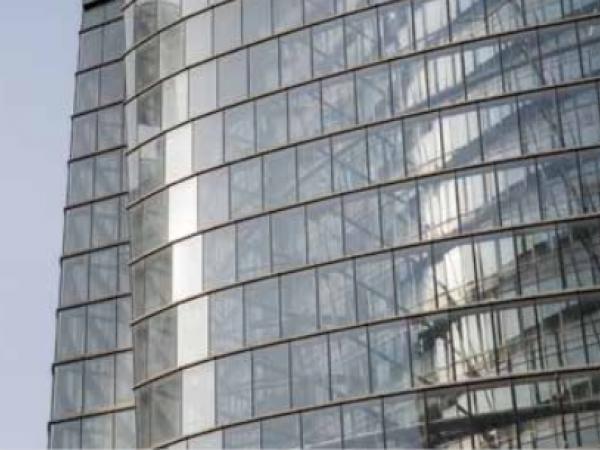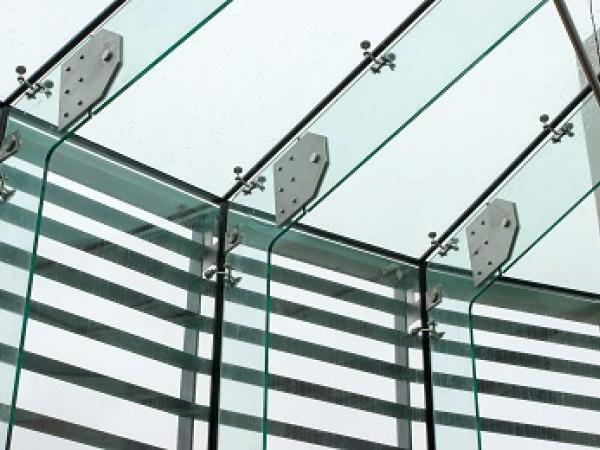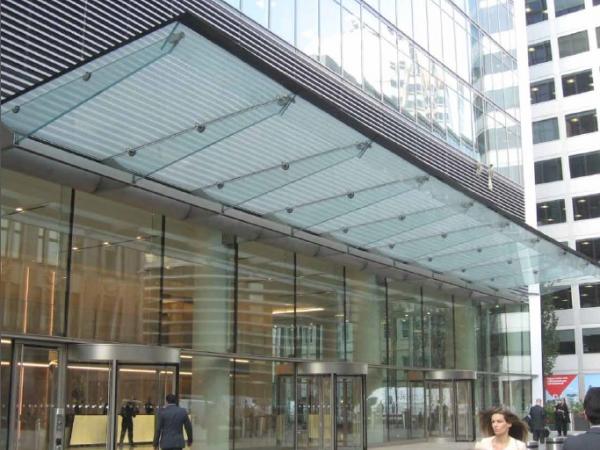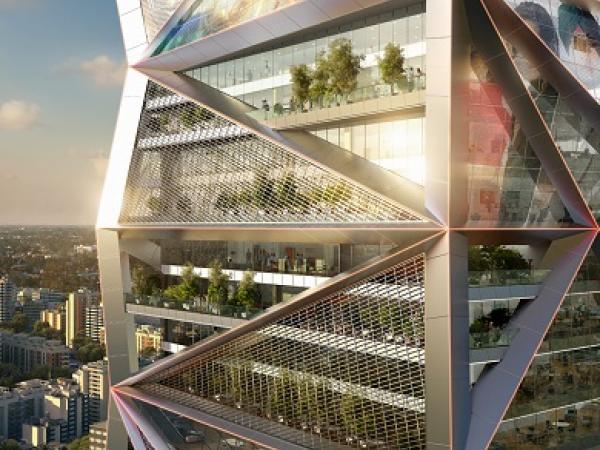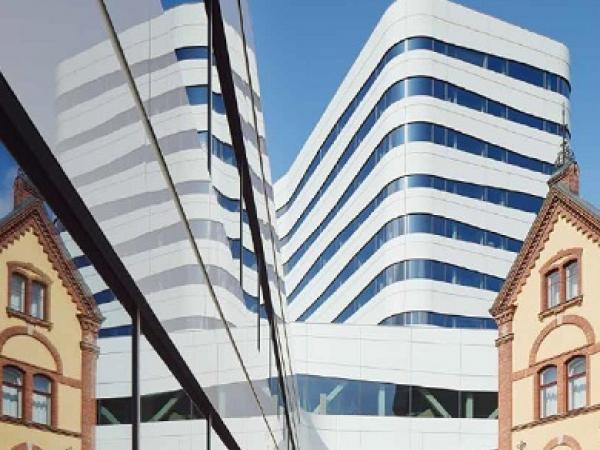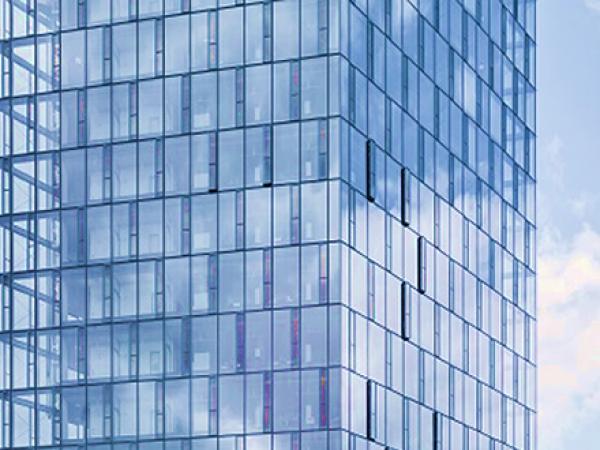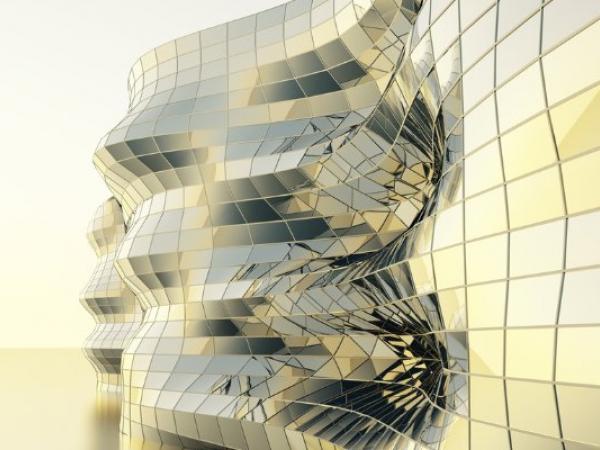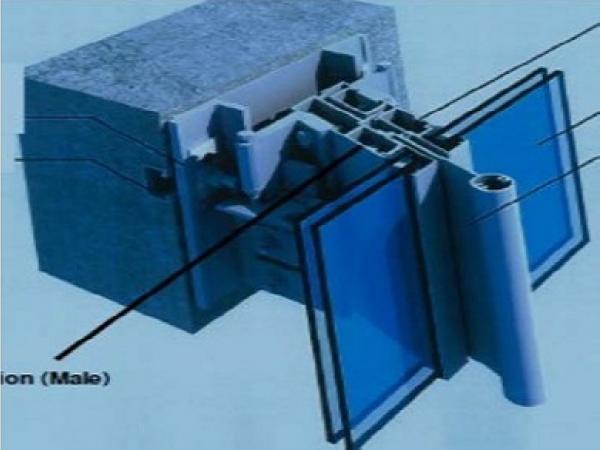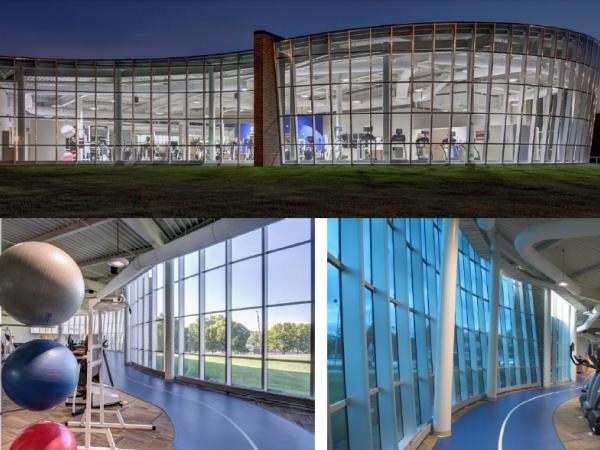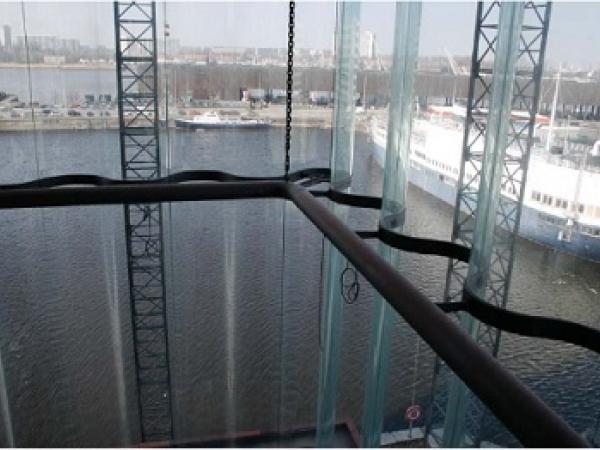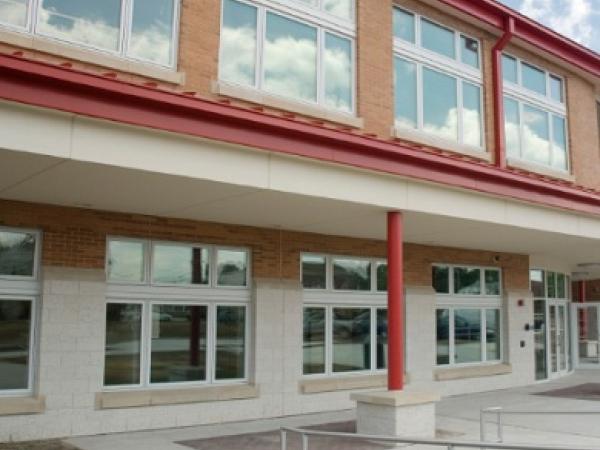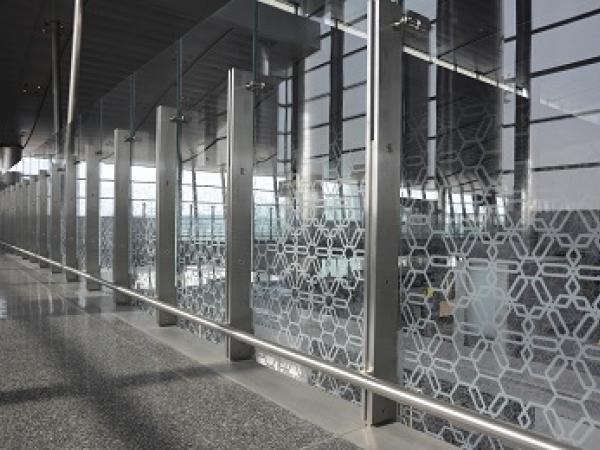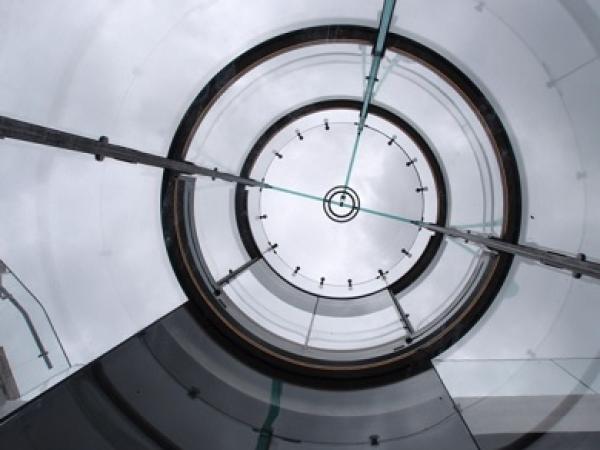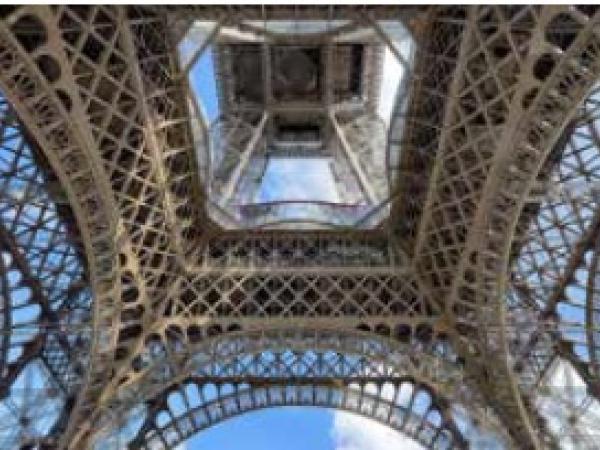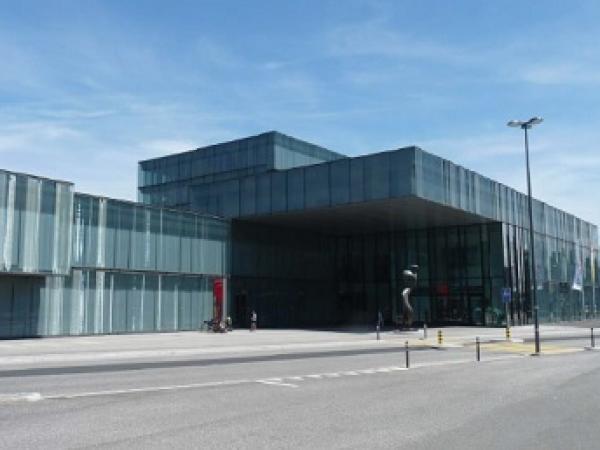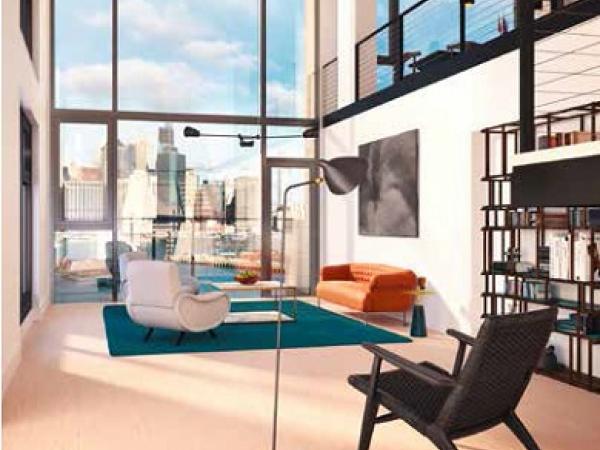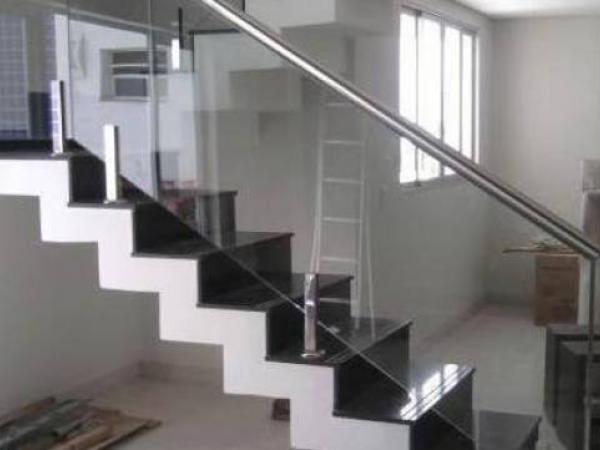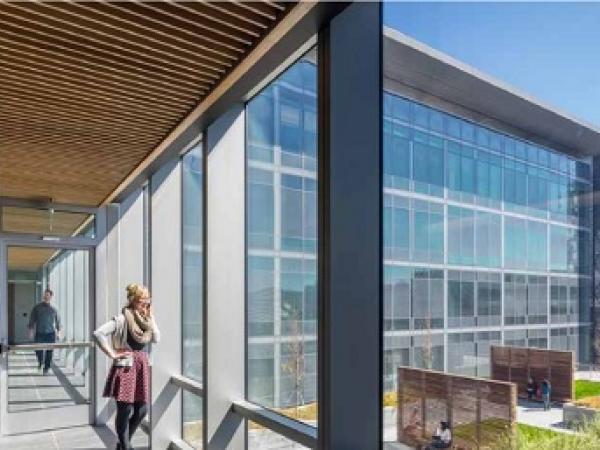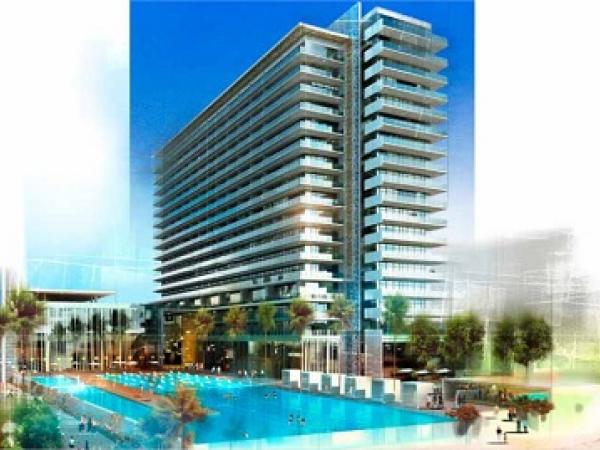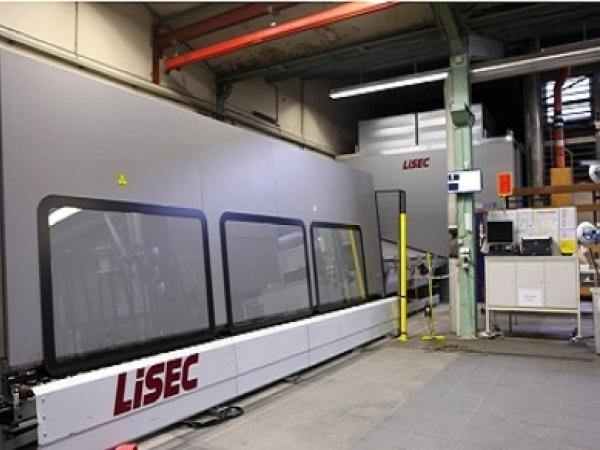Others also read
| Stiff PVB is suitable for a much wider range of applications than more traditional PVB interlayers.
| The innovative FINSTRAL window wall system meets demanding requirements – constantly flexible, always individual
| Multiple glass options offer customized ways to suit different building needs.
| For a period of time now the use of Double-Skin Facades have increased due to their relevant usage and profit with respect to their possession of increased energy efficiency and daylighting improvement.
| When the visual presence of materials decreases, the maximal transparency creates astounding beauty. In order to enhance transparency, clearer and lighter structures should be used.
| Enhanced strength, edge performance and visual clarity of SentryGlas® interlayer key to The Shanghai Tower’s unique twisting double skin glass façade
| Today’s functional buildings tend to have shapes that go much further than pure expediency, and glass is therefore used more and more frequently as a structural support element.
| Full glass structures can appear to be practically invisible and the observer experiences the wonderful sensation of seeing a floating, weightless and totally transparent structure, as if it‘s almost not there.
| Touchscreen displays, LED technology and ultra-thin glasses: The multifunctional diversity of glass in IT and architecture will, in the long term, lead to a combination of both.
| The lighter bands used in the Cultural Center Väven were created using glazed panels that deployed a specialist Trosifol® PVB interlayer called Diamond White, from Kuraray.
| Modern, transparent and prestigious – large glass façades are very much in vogue for office complexes and industrial buildings.
| A More Sustainable Approach for Future Façades
| Today lightness and transparency are properties that both architects and clients try to obtain. This has rapidly increased the use of glass in facades.
| Electronically tintable glass can offer a solution which avoids having to trade off daylight and views with energy performance and occupant comfort, allowing more glass to be used without energy penalty and without causing thermal or visual discomfort for occupants.
| Thanks to the laminating and toughening of glass panels, we are able to make strong, safe and resilient structures out of glass.
| For more than 80 years, Eastman has been the world’s leading manufacturer of protective interlayer for laminated glass.
| GOING THE DISTANCE: Hartung Glass Industries / Joel Berman Glass Studios Collaborate to Supply Decorative Glass at New International Airport in Qatar.
| Glass, a material with the unique property to let light inside an area, is normally used in building practice as just an enclosure. Its use in facades is also due to its chemically inert properties; it can be cleaned easily and remains good for many years.
| Laminated safety glass with SentryGlas® ionoplast interlayer is helping to ensure the safety and security of visitors to the recently upgraded glass floor and balustrades on the first floor of The Eiffel Tower – the most visited paying monument in the world.
| Buildings fitted with glass facades are often death traps for wild birds, particularly when they reflect a natural environment or when they are transparent, and thus invisible.
| TROSIFOL®Sound Control (SC), a sound-attenuating PVB acoustic film from Kuraray, has given Marvel Architects the ability to incorporate a substantial glazed façade on a residential development, which would otherwise may not have been feasible due to localised noise levels from the surrounding local.
| Vidromax created a system that enables the production of insulation units with maximum dimension, with 6m by 3,21m, which facilitates transport and export.
| Bullet-resistant glass with SentryGlas® ionoplast interlayer has been installed on the majority of the exterior facades on the new San Francisco Public Safety Building, ensuring maximum protection of the building and its occupants, while also maintaining a modern, open, transparent look and feel.
| Learn more about the Secrets The Vine luxury hotel building by downloading the case study.
| The Flachglas Group employs around 1,100 employees at three sites in Switzerland and three sites in Germany – around 650 of them generate revenues of approx. € 70 million at the Wernberg site (Bavaria).

